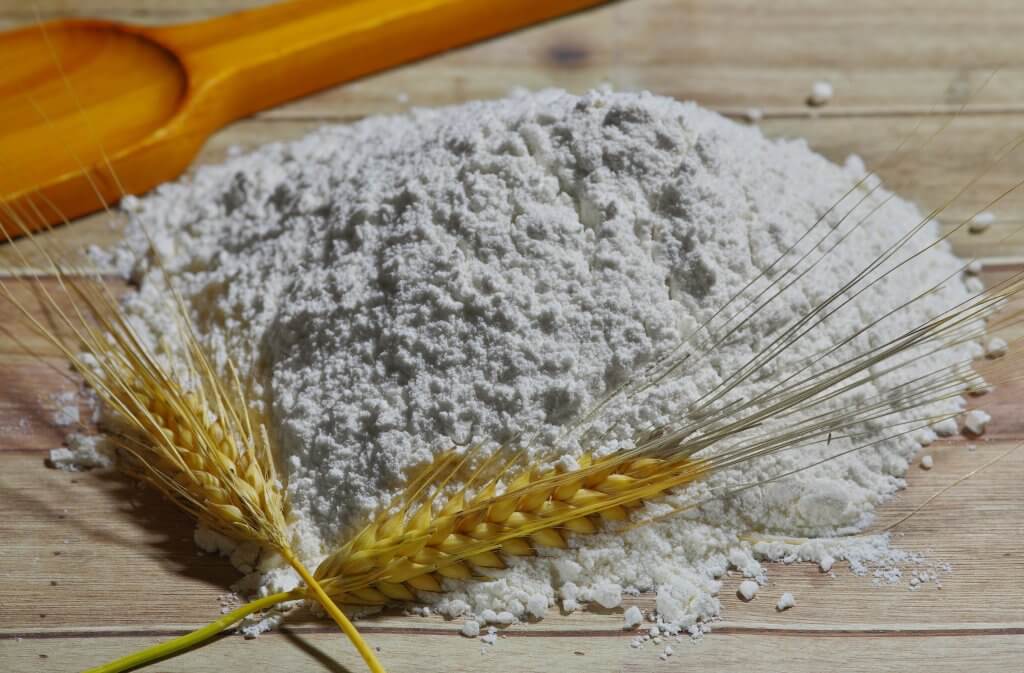
Building the Flour Stash that Lasts
Flour is an important ingredient in many food items. They provide structure for food such as pastries, bread, pasta and cakes. However, like all food items or ingredients, they can grow stale if not packaged properly. And worse, leftover piles will be breeding grounds for bugs. That being said, it can be a challenge to store carefully-acquired stocks of flour.
Shelf lives
Flour has a specific shelf life, depending on the manufacturing method and final product.
- Refined. It is used for bread and pastries, and are also available as self-raising flour. Their shelf lives are estimated between one to two years, particularly when stored in cool, dry places.
- Whole-grain. This, including quinoa, amaranth, barley, rye, and buckwheat, is well-known for their nutrient content and health benefits such as preventing constipation. However, their shelf life is only measured at a few months under room temperature because the bran and germ contain oils that ruin the taste upon oxidisation. Long-term storage is possible up to a year in the freezer.
- Nut meal. Flours such as flaxseed, wheat germ, almond, and hazelnut can last up to a year in the freezer, but like whole-grain, can last a few months in warmer temperatures. You will know it is spoiled when it emits a bitter taste.
Even if you have new stocks, it is not advised that you mix old and new as it will affect the shelf life of the new flour.
Storage methods
There are many mediums for storing flour, each with their own strong points that can even be better when done under colder conditions. It is important to label which storage product has which type and also put in oxygen absorbers or silica gel (only those in plastic sachets; pouches made of fibre like those found in shoeboxes could degrade).
- Mylar bags. Those bags are made of food-grade laminated plastic and aluminium. They come in sizes of up to five gallons and are effective at preventing light and oxygen from seeping in. Some food experts vouch for its capability to store dry flour. Although mylar bags can safely store certain types for up to 15 years, you can up the effectiveness by filling the bag and putting in oxygen absorber sachets.
- Plastic containers. They are the most common ways for storage and are available in multiple sizes. The best containers to acquire are the food-grade units with vacuum seals or gaskets and are made of thick BPA-free plastic. Some food storage experts like plastic containers because they will not shatter unlike glass jars when dropped.
- Buckets. Plastic buckets are viable for bulk storage. Some bakers claim they can actually stash 15 kilograms of flour into a 20-litre bucket. However, make sure that the bucket is specifically labelled as food-grade and made of BPA-free plastic.
- Vacuum-sealing. A number of food-storage enthusiasts lean towards using commercial-grade vacuum-sealed plastic containers for additional freshness. Current sealing machines operate by removing all air from the bag then applying a locking seal. One common tip is to put the original bag of flour into a sealer bag then apply the sealing bag into the sealer machine, afterwards put the bag into the fridge or freezer.
Keeping flour bugs at bay
Even when you have built up a good deposit of flour, there’s always the danger of bugs spoiling everything. Here are some ways to prevent them from getting anywhere near your stash.
- Pantry clean. Start by clearing up the entire pantry of all open containers and items. The contents of spoiled food containers may be all emptied into a specific plastic bag for disposal while the containers like package cartons are separated for disposal in a segregated bin. Once the shelves are bare, you can vacuum-clean them then wipe down with cleaning products and let them air-dry.
- Pesticides. It can be applied to the cleared pantry areas or cupboards but as some pesticides may contain harmful chemicals, the storage area should be well-ventilated and nobody can enter to prevent inhaling the fumes.
- Natural deterrence. If pesticides are not an option for cleaning the pantry and to protect your flour stocks from bugs, some home living experts recommend placing cloves of garlic or bay leaves onto sections of the pantry. They are known to deter bugs and other pests by the strong smell. Matchboxes may also work as the sulphur filament repels pests.
- Sealed containers. Use heavy-duty plastic containers for storage. For example, apportion a big bag’s contents to multiple containers that have a locking system in place (certain brands of containers with vacuum-sealant devices may be just as effective). From there, they can be stored in unlit places as normal. The spent bag, meanwhile, can be thrown away.
- Deep freeze. If you suspect that a flour container may have some bugs inside, put them in your freezer for the time being. The insects and their eggs cannot survive under cold temperatures. Do not put out the container until you are committed to using all its content for baking or cooking in one go. Put it at room temperature first before pushing ahead.
DEAL OR NO DEAL? Check out our catalogue on USHOP — your one stop shop for deals and discounts!
If you liked our “Building the Flour Stash that Lasts” and find it useful, check our blogs regularly for more information to get updates on UBOMI’s budget app and expense tracker.




